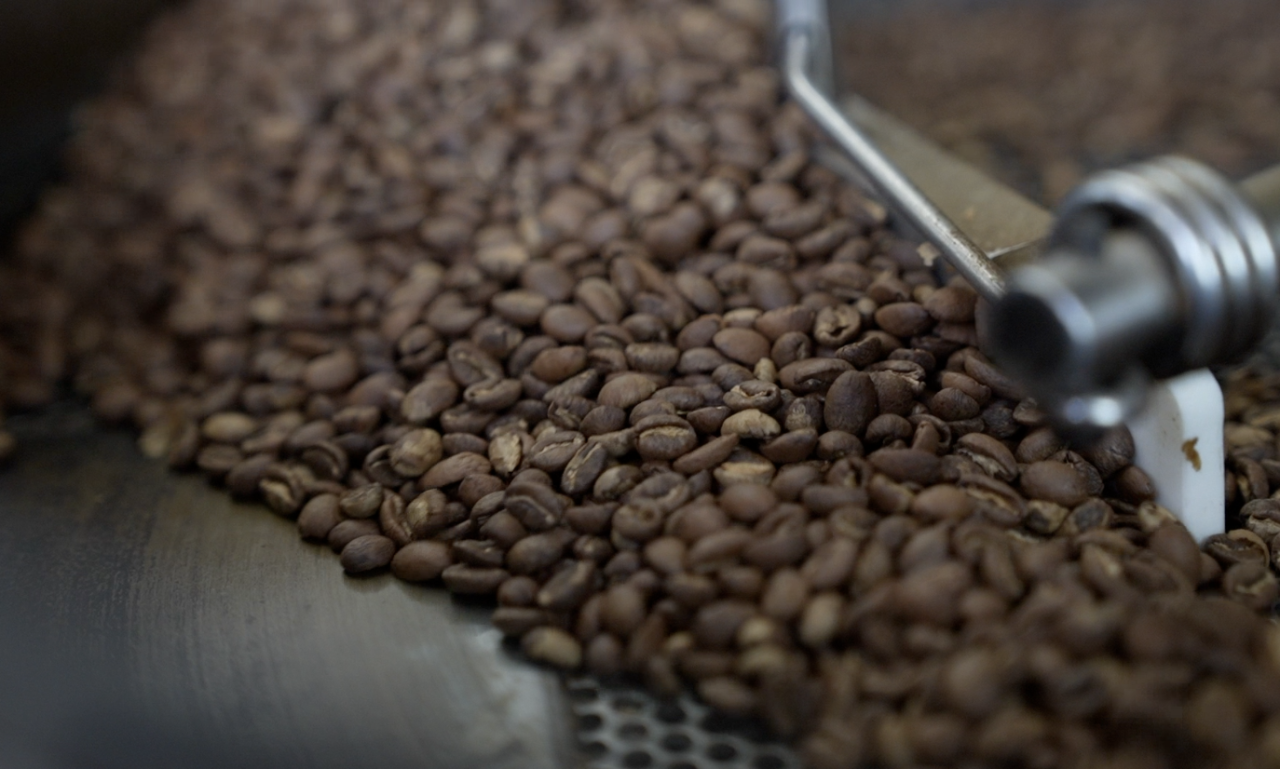CLEVELAND — Inflation, as has been reported extensively, is at record-high levels, and in spite of the U.S. Labor Department reporting that overall consumer prices dipped slightly in April to 8.3%, it remains near a four-decade high after jumping to 8.5% year-over-year in March.
But how much more are consumers in our part of the country actually paying for everyday goods such as milk, soda, fruit, vegetables, meat, bread and other staples? As News 5's John Kosich reported this week, consumers in Ohio don't need to be told they're paying more - they're living it.
RELATED: Northeast Ohio grocery shoppers don't need to be told the new inflation numbers, they're living them
Our media partners at DataHerald have aggregated years of data from the U.S. Bureau of Labor Statistics to show just how much Americans are paying for goods now compared to previous months and years.
Explore the data below.

The price of sodas and soft drinks is up 36% in the Midwest from May 2019:

If you prefer your caffeine delivered hot, coffee will still cost you most than it did three years ago — about 30% more.

A pound of bananas will only cost you about 3 cents more than it did three years ago:

Potato chips are a different story - a 16 oz. bag will cost you over 34% more than it did in May 2019:

The price of tomatoes hasn't fluctuated much in recent years and recently dropped in price from $2.02 for a pound in January to $1.81 a pound in April, which is around average since 2020.
Potatoes have also remained around the same price recently, dropping from 76 cents a pound in July of 2020 to a recent low price of 61 cents in May 2021. A pound currently costs around 75 cents, as of April of this year.
It's a very different story when looking at the consumer prices of meats. The average cost of beef went up from $4.78 a pound in April 2019 to $6.90 a pound in April 2022.
A pound of pork chops will set you back about 30% more today than it did three years ago. The price was $3.51 in April 2019, compared to $4.47 last month.

Chicken and eggs have also jumped in price this year due not only to inflation but also the spread of avian flu in the U.S., which has forced farmers to euthanize tens of thousands of chickens. The price of a pound of boneless chicken breasts has risen nearly 40% since the beginning of 2019.
And the cost of a dozen eggs has shot up a staggering 81% in the same time, with no signs of dropping soon.
In the last year, the overall cost of food increased by 9.4%.
The data also reveals that salaries are still struggling to keep up with inflation.
The average non-farm hourly rate increased by 10 cents, or .3%, to $31.85 in April. In the last 12 months, the BLS reports that the average hourly rate for non-farm work rose 5.5%.
RELATED: Rate of inflation slowed in April, but food costs continue to surge, new data shows
Download the News 5 Cleveland app now for more stories from us, plus alerts on major news, the latest weather forecast, traffic information and much more. Download now on your Apple device here, and your Android device here.
You can also catch News 5 Cleveland on Roku, Apple TV, Amazon Fire TV, YouTube TV, DIRECTV NOW, Hulu Live and more. We're also on Amazon Alexa devices. Learn more about our streaming options here.








